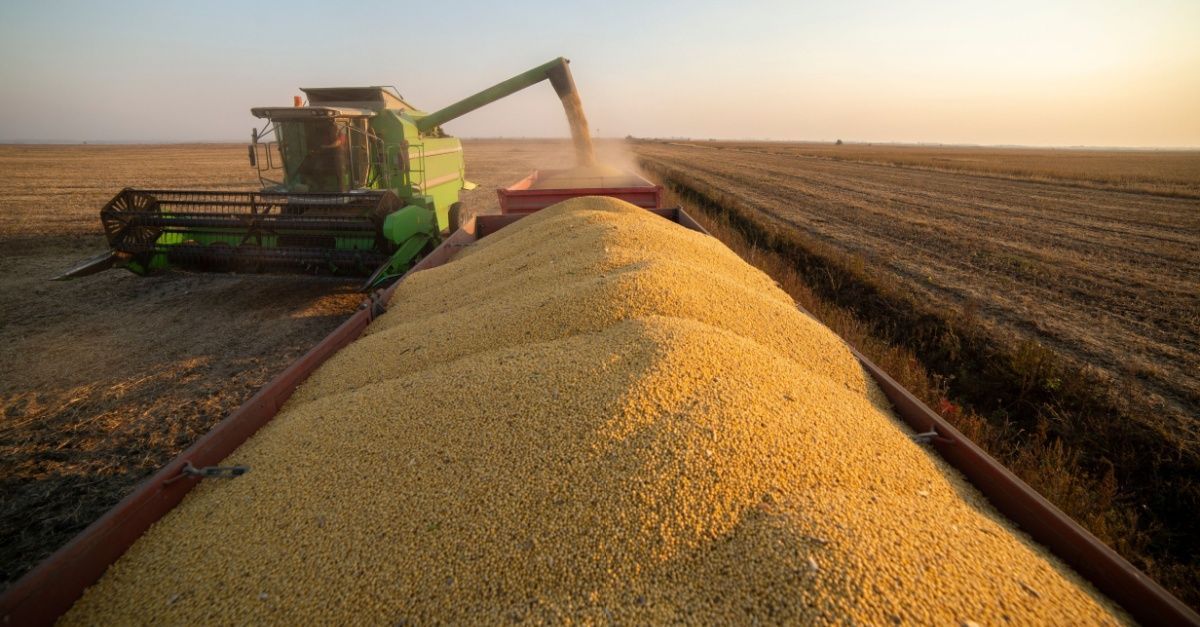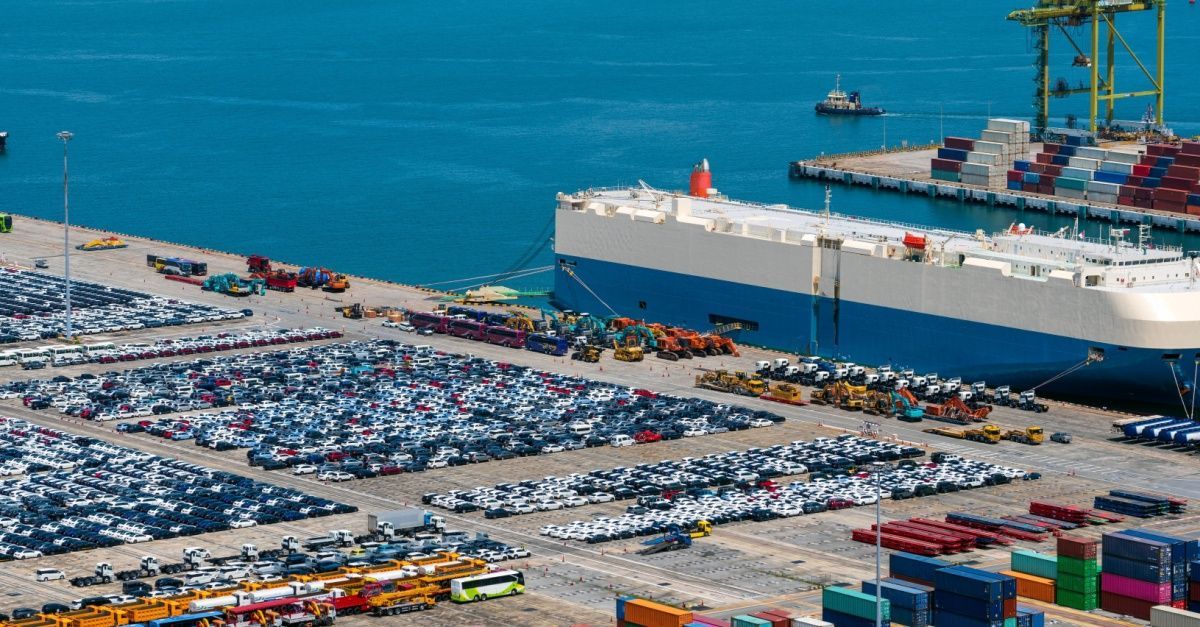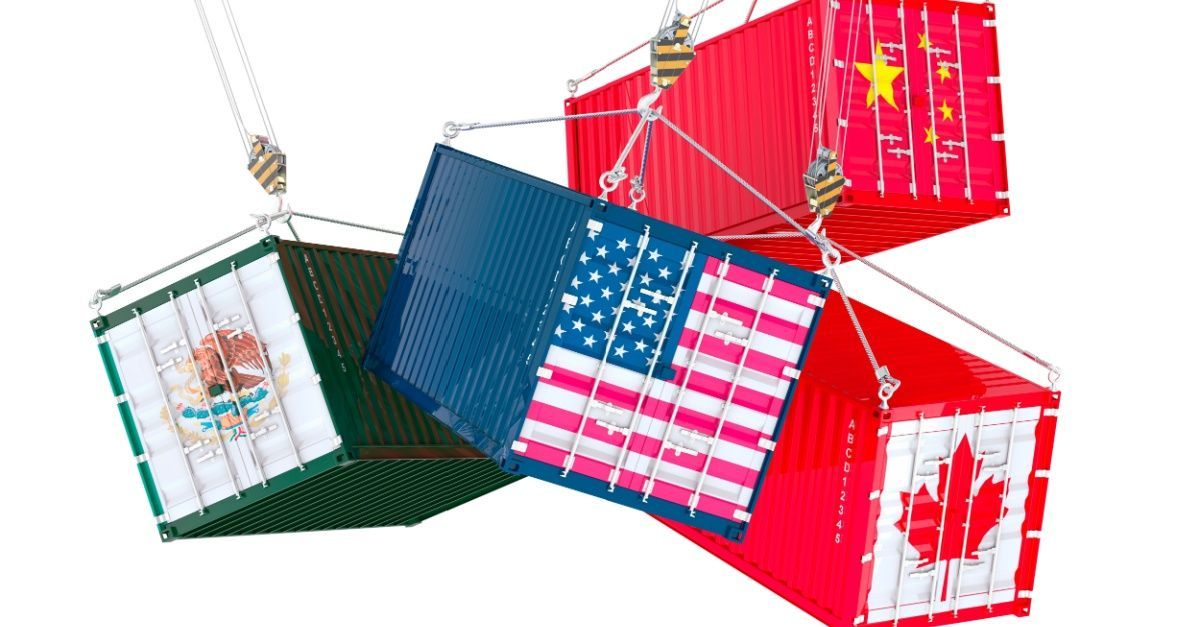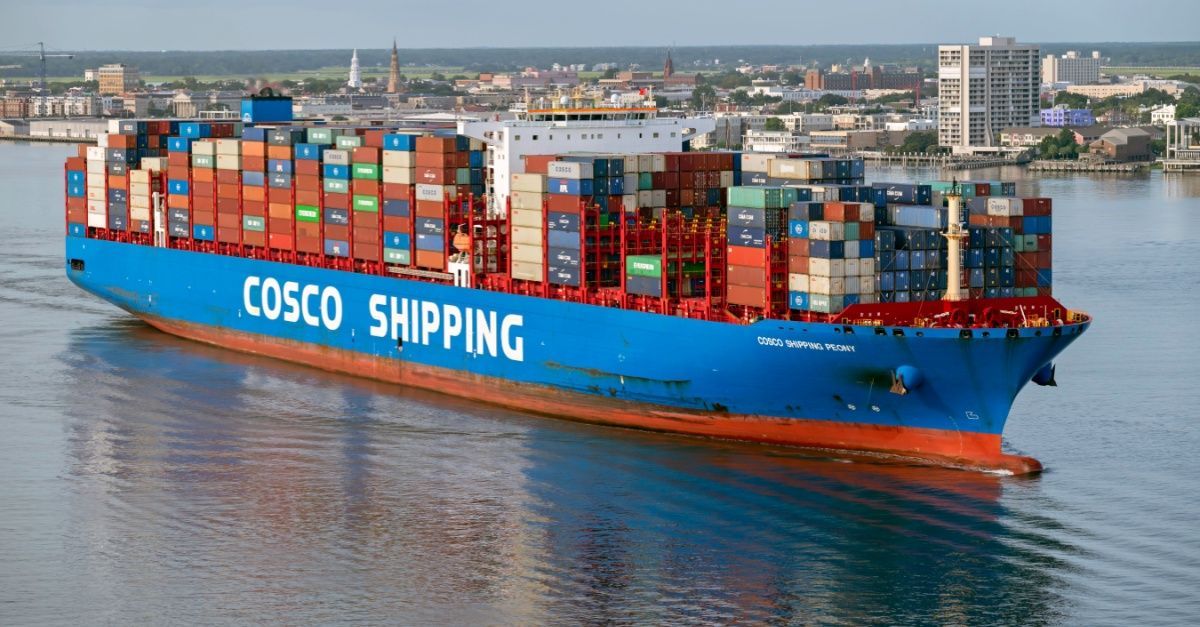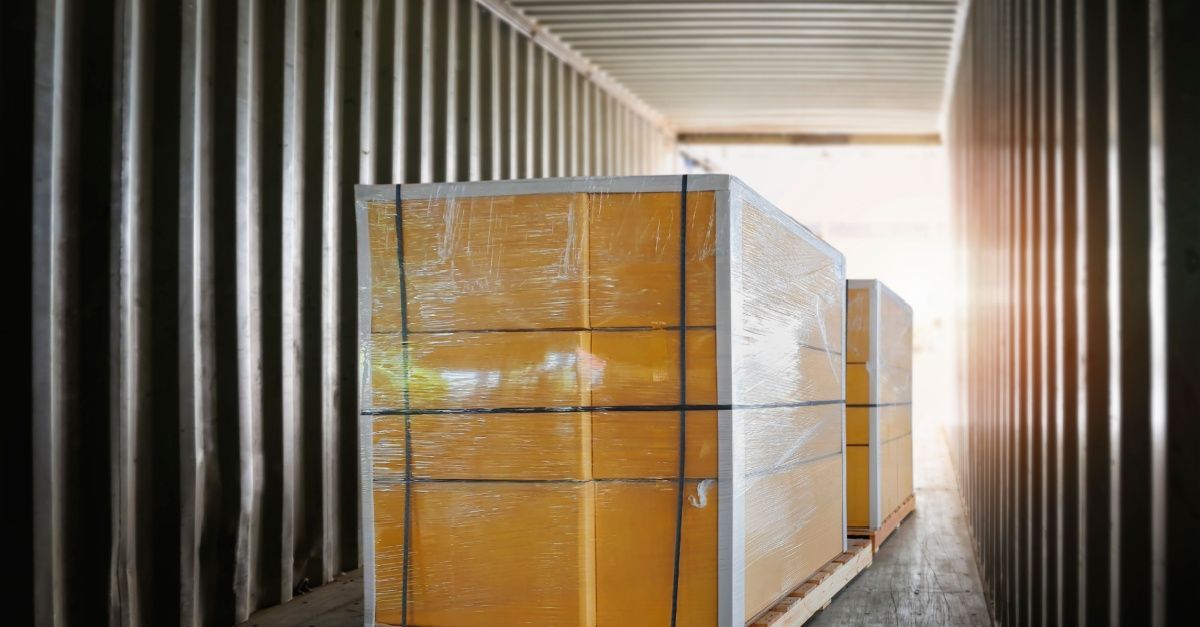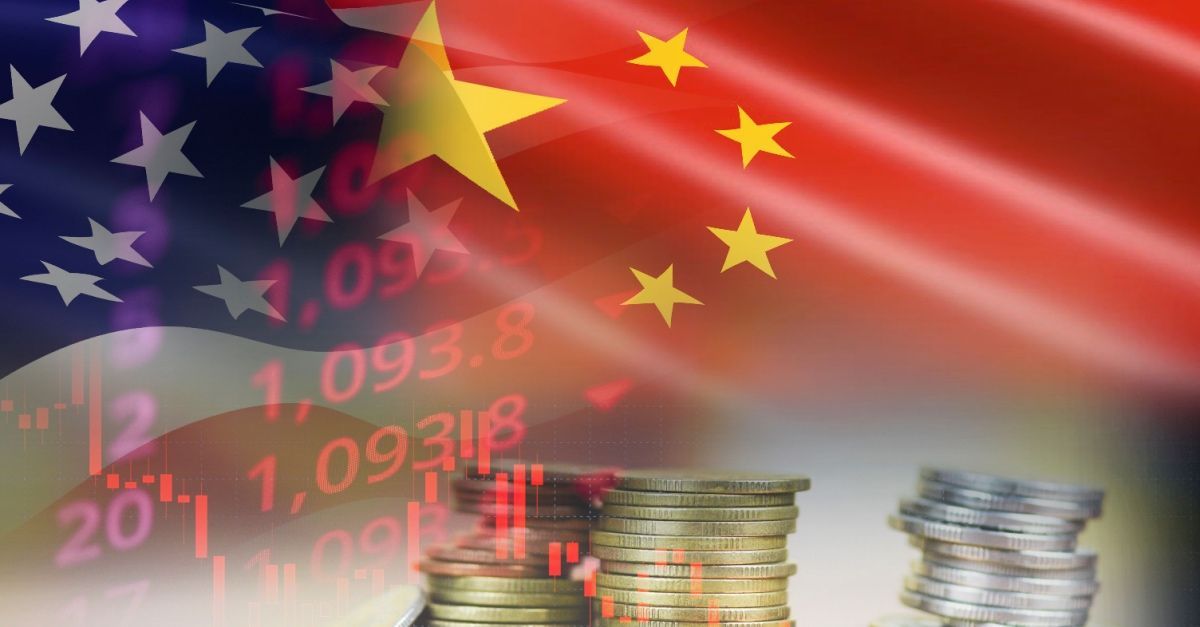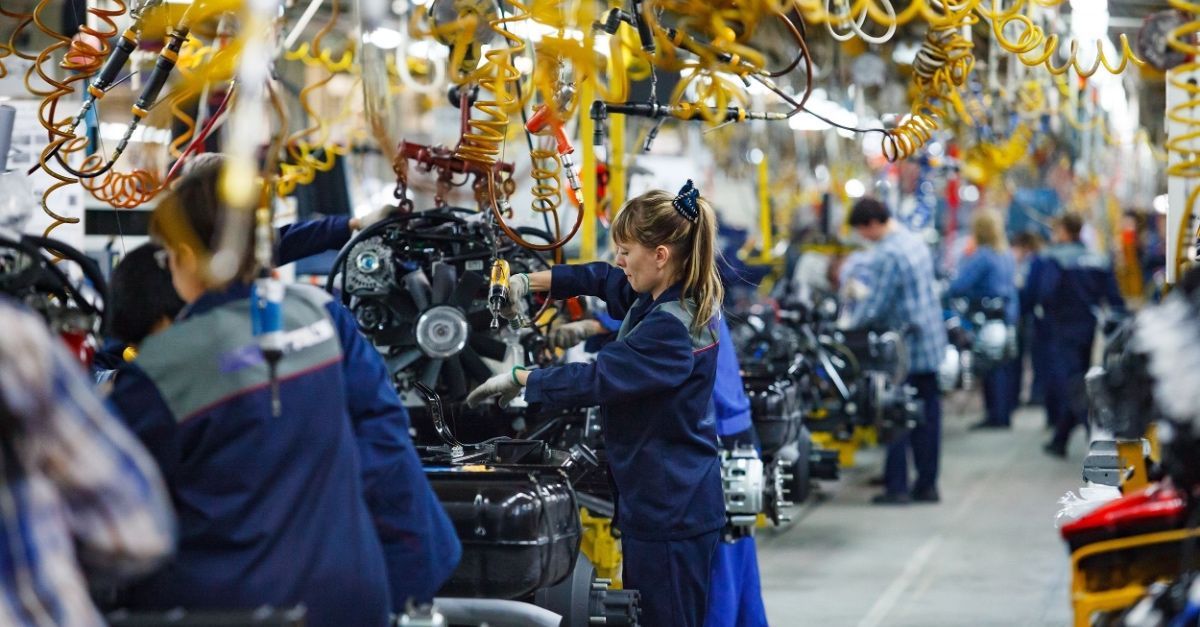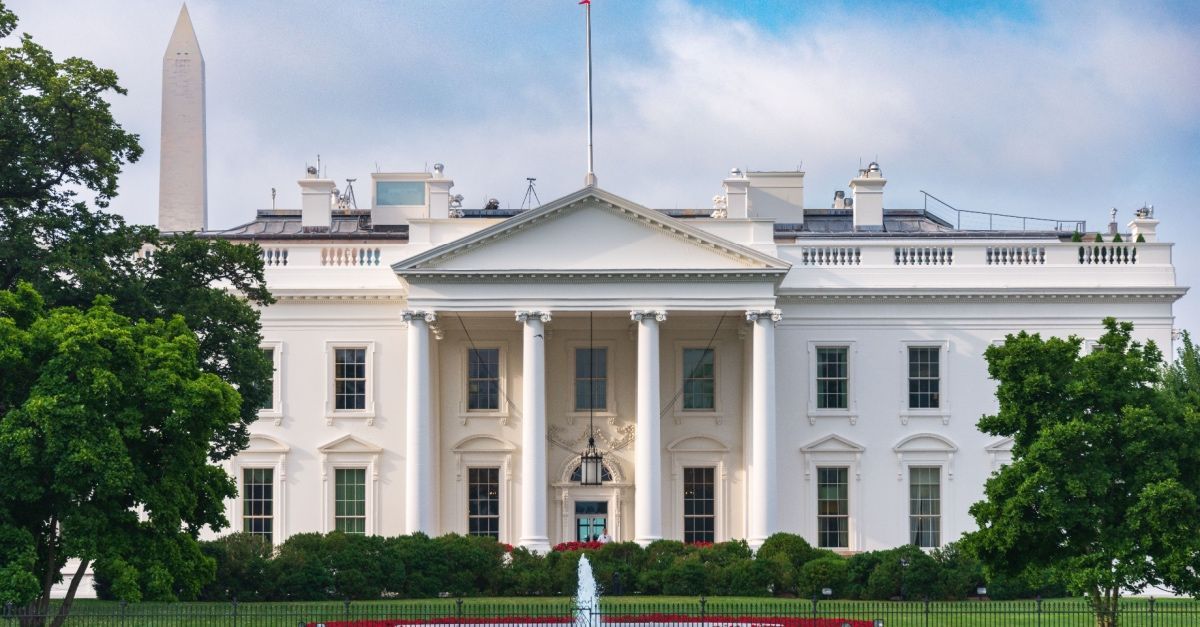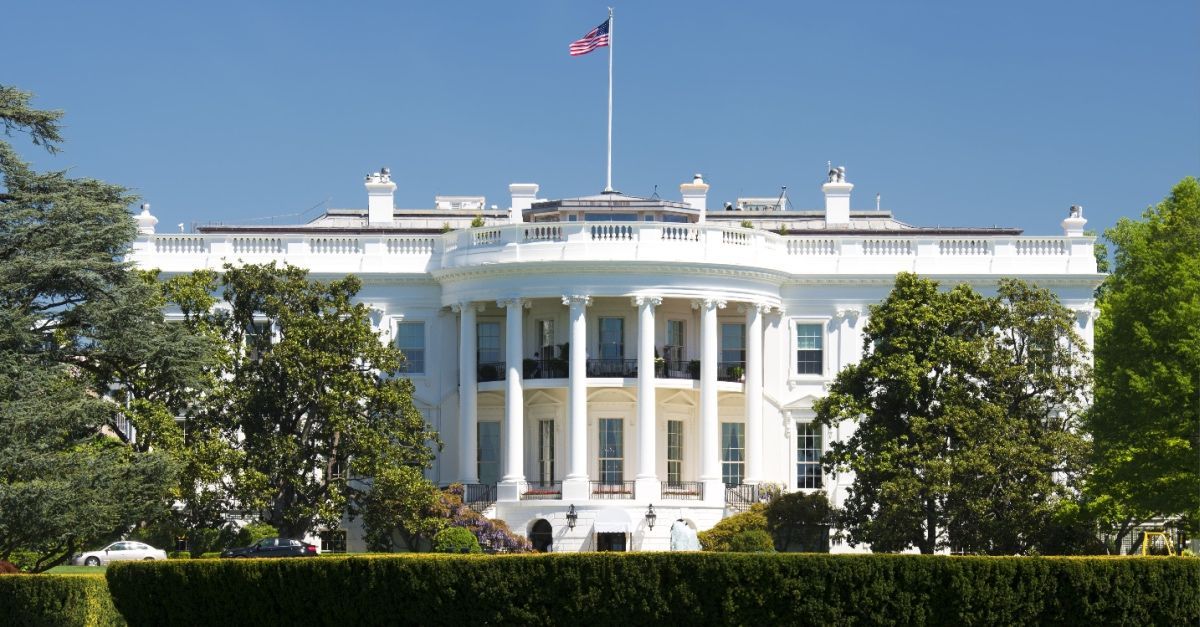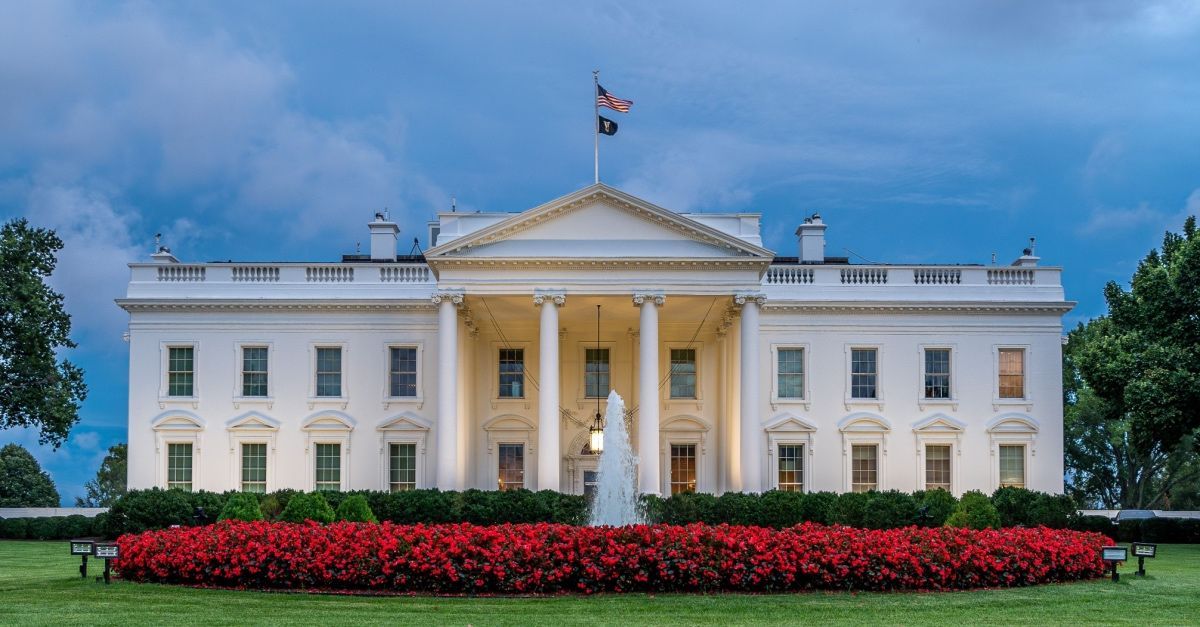Less is More? Less-Than-Truckload Shipping Gets a Boost
Blog Post CTA
Food and beverage shippers know that the trucking industry is always moving – both literally, and in the sense of the market. Carriers’ rates have been up and down, and one key LTL carrier is on a growth spree.
As tonnage, rates, and capacity continue to change, here are six headlines to keep up to date with the latest in the ever-changing logistics industry:
Saia Basks in February Glory
Things warmed up for Saia in February. The LTL carrier saw an 11% YOY increase in daily tonnage last month, with a 19% boost in shipments and a 6.7% decrease in weight per shipment. That growth was even faster than in January, when tonnage went up 3.3% YOY and shipments grew 11.8%.
“March is the most important month in Q1,” Saia CFO Doug Col told analysts on the carrier’s
quarterly earnings call last month. “That's where maybe we'll start to get a better feel for what's going on with this underlying freight economy. … So, we'll see what things look like in March.”
But Saia isn’t waiting until March to invest. According to
FreightWaves, the LTL carrier has big growth plans this year—Its $1 billion in CapEx includes $550 million for real estate. The carrier plans to grow its net door count by 12% to 14% this year. And recall that Saia recently acquired 28 terminals from bankrupt Yellow.
Diesel Prices on the Downhill
As carriers like Saia see their tonnage go up, they’re also seeing diesel prices go down. On March 4, the Department of Energy/Energy Information Administration diesel price was $4.022 per gallon. That’s a drop of 3.6 cents a gallon from a week earlier, FreightWaves reported.
When we take a step back, however, the picture is even clearer. At this time last year, the diesel price was $4.282 cents a gallon. That’s 26 cents more than the price at the beginning of this month.
So, why the drop? There are a handful of possible factors. Last year, there was more uncertainty regarding Russia’s diesel supplies as the country continued its invasion of Ukraine. Those supplies have mostly normalized.
More refining capacity for diesel has come online, increasing the ability to supply diesel. For one, ExxonMobil brought on 250,000 barrels a day of new refining capacity at its refinery in Beaumont, Texas.
A final potential reason is the rise of renewable diesel capacity in the U.S. All those factors together equal a softening picture for diesel, which is welcome news for diesel consumers.
Scope 3 Emissions Get the Boot
It’s tough to discuss diesel without also talking about the elephant in the room: greenhouse gas emissions.
There’s a new development in the Securities and Exchange Commission’s climate disclosure rule. The SEC finalized its rule, but it doesn’t require publicly traded companies to report their Scope 3 emissions. On top of that, requirements to report Scope 1 and Scope 2 emissions are scaled back,
according to ESG Dive.
The SEC first laid out its climate reporting proposal in March 2022. At the time, Scope 3 emissions—which are generated from a company’s supply chain rather than its direct operations—were slated to be part of the disclosure. However, since then, the SEC has received more than 16,000 comments opposing the inclusion of Scope 3.
While the rule is finalized, the impact isn’t over. KPMG noted that large companies still have to report their
Scope 3 emissions to comply with other regulations, such as California’s climate disclosure laws. Plus, many firms have set their own sustainability goals. Tracking Scope 3 emissions, from transportation providers to suppliers, holds them accountable for meeting those targets.
A Costly Forklift Regulation
In other regulatory news, the California Air Resources Board is developing a rule that would require businesses and local governments to replace combustion forklifts with battery-electric ones. According to a new economic impact report released by the Western Propane Gas Association, this wouldn’t be cheap.
WPGA estimates the regulation will cost California forklift owners and operators up to $27 billion,
Food Logistics reported.
The association notes that, under the regulations, operators will spend $10 billion on forklift replacements and will have to buy new forklifts even if their internal combustion ones are fully functional. They’ll also spend more than $6.3 billion on implementing charging stations, and that doesn't include any costs to upgrade power supplies or actually transmit electricity.
But making the transition to battery-electric forklifts is also a critical part of
CARB’s strategy. According to the board, the measure helps meet California’s air quality and greenhouse gas reduction goals. The board will consider the rule this summer.
Smaller Suppliers Feel the Pinch
A recent Supply Chain Dive article took a look at the finances of small companies. Turns out, many are in worse shape than before the pandemic began. Private middle-market companies have filed for bankruptcy four times as often as public large companies since 2019. Those middle-market companies also saw earnings before tax drop 20% from 2019 to 2022, while large companies’ earnings rose 20%.
“Their profit margins are being squeezed. Their capital costs are increasing,” Rapid Ratings Executive Chair James Gellert told Supply Chain Dive.
It can behoove large firms to support their suppliers. Some buyers are pressuring suppliers with short lead times or canceled orders. By avoiding those practices, and offering faster payment terms, large buying companies could improve the health of their suppliers and the overall value chain.
The Need for Cold Chain Focus
Here’s a staggering statistic: $1 trillion of food goes to waste every year.
Can supply chains dramatically reduce that? Most certainly, according to
Food Logistics. The publication calls on companies to make cold chain technology a big focus for 2024. The food supply chain hasn’t kept pace with the food industry’s rapid expansion, with thousands of farms, restaurants, and grocery stores feeding the nation. Fast and reliable transportation is essential.
One solution is to remove moisture from shipping containers. Companies can also use technology for better circulation in a container. Another is to use
expedited trucking. These strategies help better maintain the freshness of perishables, in an environment where every degree counts.
“Holding in cold temperatures and improving the flows of refrigeration should be the north stars of the logistics industry in the coming years,” the article stated.
Tyson’s Call for Cold Chain and More Startups
As the industry rallies around modernizing and cutting down waste in the cold chain, Tyson Foods is making its own play.
The CPG’s venture capital arm, called Tyson Ventures, will hold its third Demo Day this summer,
Food Business News reported. Startups focused on everything from cold chain to forecasting to logistics software are invited to pitch their
technology solutions at the Demo Day event.
The idea is for Tyson to work with startups to improve sustainability and efficiency across its supply chain, while Tyson provides mentorship and partnerships to the startups.
As Tyson’s CFO put it: “Together, we can reimagine, innovate, and elevate the protein supply chain across every touchpoint.”
Securing Capacity – LTL or Otherwise – With Entourage
Whatever your logistics needs, Entourage Freight Solutions can help you with personalized services and security capacity. Entourage Freight Solutions offers the following services, and many more:
- Our LTL service provides on-demand access to capacity, along with real-time data and peace of mind in this high-stakes world.
- Our Freight Management lets your team stay organized across inbound and outbound logistics, tracking market capacity and using automation notifications to keep everyone informed.
- Our Refrigerated transport provides expertise in everything from finished goods to raw materials, ensuring products arrive on time and in top condition.
Request a quote today to see how Entourage Freight Solutions can solve your key logistics pain points.
